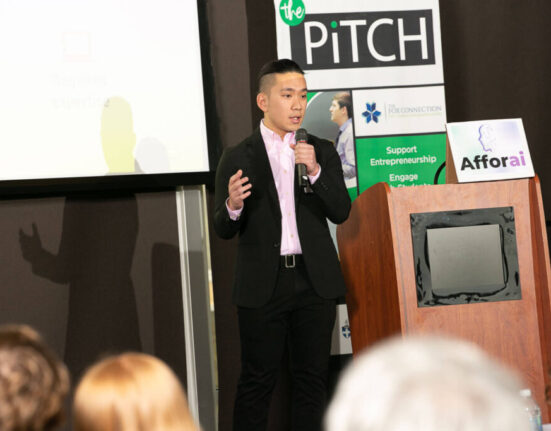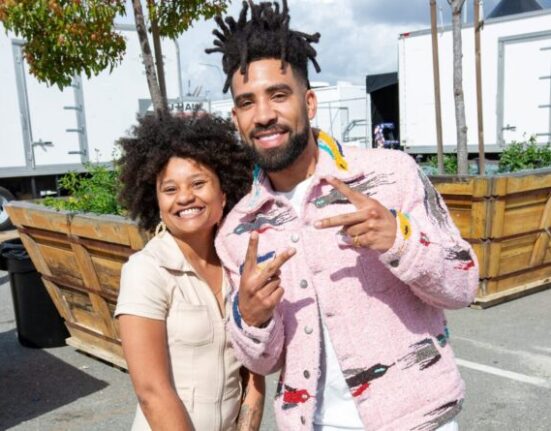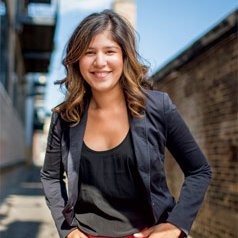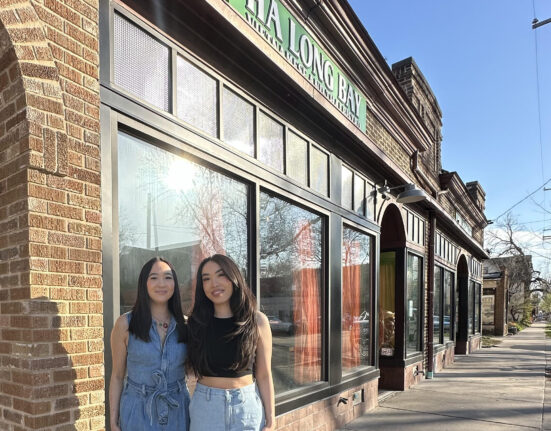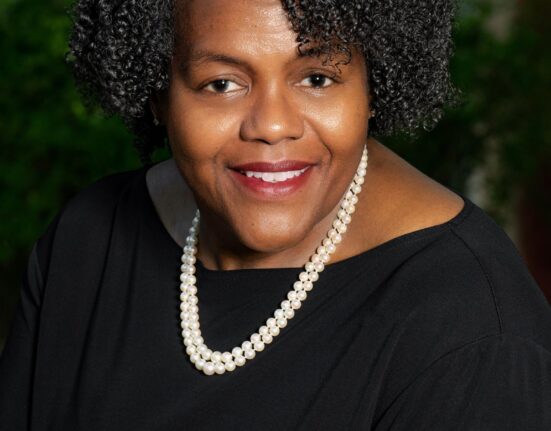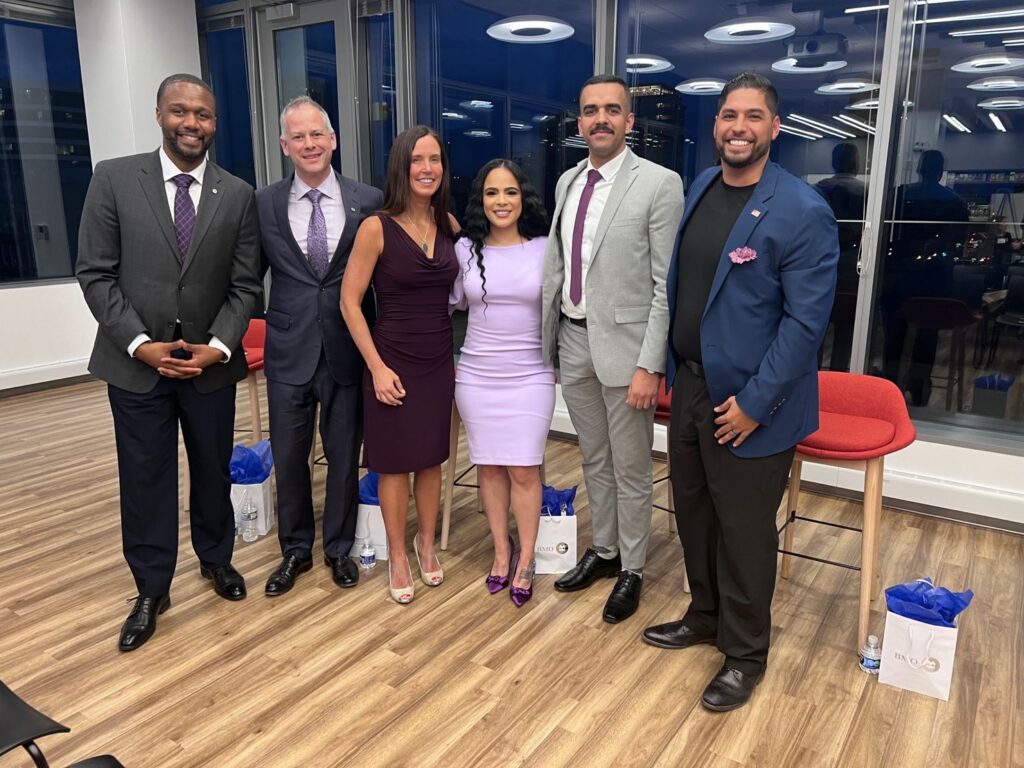
Generational wealth – assets that can be passed from parents to children – is important to transform the fortunes of communities of color, but often inaccessible to those same communities.
Those were the key takeaways from a panel discussion for BMO Harris Bank employees and invited guests held at BMO Harris’s Milwaukee headquarters last week.
Landing on International Women’s Day, the event, “Creating Generational Wealth: The Power of You,” delved into many different factors that can influence or challenge the journey of obtaining generational wealth.
Marian Jimenez, Treasury Portfolio Specialist at BMO commercial bank, created and spearheaded the event. Serving the BMO Latino Alliance for the past six years, she says the idea was sparked after she attended the 365 Leadership Summit, hosted by Blueprint365 parent company 365 Media Foundation, in October.
One breakout session in particular stood out, she said.
“I believe it was called Bridging the Gap,” she says. “After I left that event, I said ‘I have to bring this conversation back to my organization.’ And I came back, I presented to the board . . . and we thought this is something that we need to bring back and make people aware of, not only employees, but also community leaders that have been invited here today.”
Attendees were presented with a nuanced conversation provided by professionals from different walks of life. Speaking on why generational wealth is essential, responses varied and spoke to both the personal and professional experiences of the speakers.
Aaron Towns, Vice President, Commercial Relationship Manager of BMO Commercial Bank, stated he is “first generation everything,” and discussed the importance of having a vision for tomorrow, through generational wealth.
“I call it graduating from ZIP codes,” he said. “What do you want to give to the next generation? What do you want your legacy to be? When we have that kind of vision and you’re bought into your ‘why’ then the rest takes care of itself.”
Jud Snyder, Regional President of BMO Private Bank, shared how generational wealth creates stability for individuals, neighborhoods and communities.
“If you see a community where people are really investing in that way, they can change trajectories of families, and it reduces the impact of unforeseen emergencies,” he said. He expressed how getting started can seem overwhelming, but advised “putting away (money) just a little bit every time, and that’s money that you really never miss as long as you start right away. I think that’s one of the things that is so important. One of the ways to start is to think about it as kind of investing in yourself or paying yourself and just have the discipline to do it before you actually even start to see the money.”
Tere Sackerson, Managing Director, BMO Commercial Bank, Treasury and Payment Solutions, took a very candid and personal approach, sharing that she grew up in government housing and upon entering the banking industry, found it to be “super comical.” She remarked on always reading top executives stating the best advice they were given in life was to “invest in yourself, pay into your 401K” and so on.
“To me, it was just the moment where I realized how different I was. Because growing up in government housing, finance wasn’t a big deal,” she said. She said it was her father’s wisdom that influenced her outlook on generational wealth.
“He told me, ‘Tere, you came into this world with nothing, and you will leave with nothing. These are guarantees. What I care about is that you leave a positive imprint for future generations,” she said.
It’s this personal aspect that guides how Sackerson views the importance of generational wealth. “To me, it’s not the monetary, it never has been monetary. It has been about giving my children the opportunity to know that they can do more. And that by having discipline, by focusing on education, by wanting to do a little bit more and to be a little bit greater from where you came from, that it’s possible.”
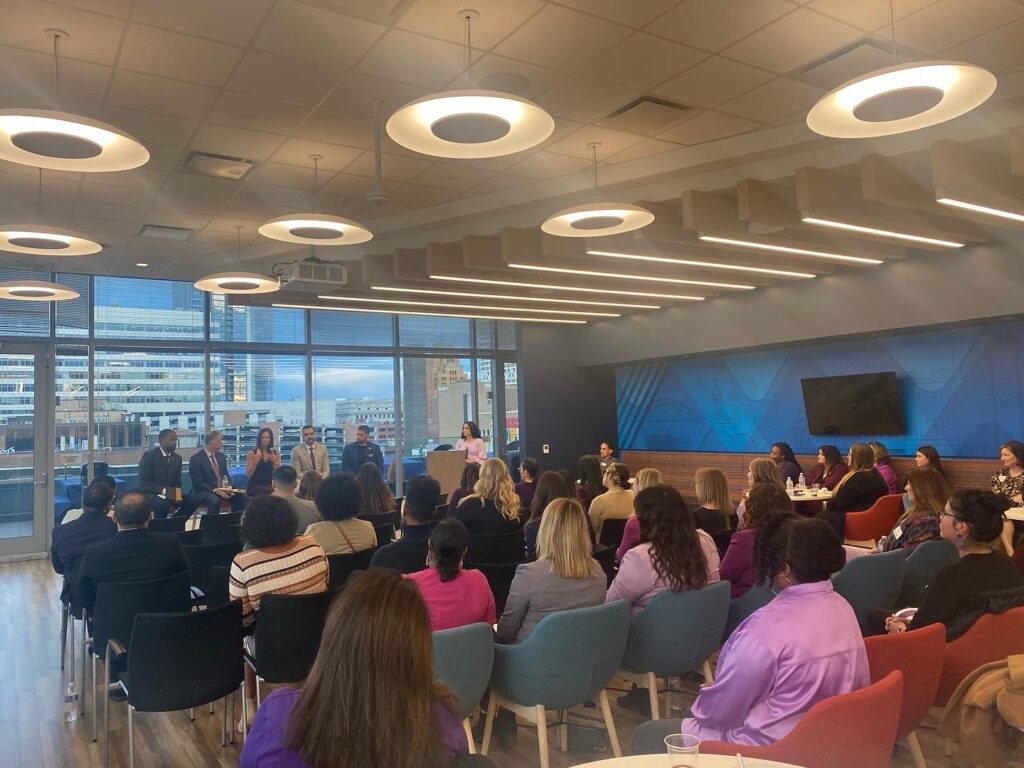
Mustafa Ali, President of New Space Realty, is first generation and also has a more family-oriented viewpoint on finances and generational wealth.
“Having money actually allows you to be with your kids, actually allows you to spend time with them, teach them values, teach them the principles, and that’s something that I’ve seen in my own family,” he said. “So it’s about how much influence you want to have over your own families. You just want to have the principles in there. And having money and having generational wealth helps you do that, and helps (your family) also do that themselves.”
The topic of gender equality added another layer to the conversation. Sackerson told the audience there are two obstacles women in the workplace face: breaking social norms and confronting not only unconscious bias, but also conscious bias. She shared recent findings from a Pew Research Center analysis: women make 82 cents for every dollar a man makes. And unfortunately, this pay gap has not shifted much over the past two decades.
“To me what it shares is that there’s a lot of talk, and there is no action. In 20 years, we’re consistently still paid less, and nothing is getting done,” Sackerson said. In considering what women can do about this problem, she suggested “asking our male counterparts the same question.” She pointed out how this is uncomfortable for many, but that it is important to get comfortable with being uncomfortable.
She also pointed out how men tend to move in packs, providing examples of golfing together, running together, going to country clubs together. This carries into the workplace as well.
“The reason for that, from a psychological standpoint, is that again, men are hiring other men’ sons. They’re putting each other on each other’s board,” she said. “From a woman’s perspective, we look at it but there’s one spot at the table. There’s your token woman. So I gotta be a lone wolf. And so if we’re gonna change this, we’ve got to stop being lone wolves.”
Coming from a minority community also plays a large role in financial literacy and generational wealth. Jimenez shared 2019 data from the Federal Reserve Bank of St. Louis, which found that the median white family has $184,000 in wealth, compared to just $38,000 for hispanic families and $23,000 for black families.
“I think about the social responsibility of the corporation,” Aaron Towns said on the topic. “Something has to happen at the leadership level to say ‘things don’t quite add up and maybe we could consider another solution.’ So then what you have to do is you have to challenge the corporate policy, you have to get some shareholders involved to maybe explore an alternative option.”
He also remarked on the importance of leadership engagement, stating, “the reality is if you don’t have an inclusive environment as an organization, the probability of you being around long term is probably unlikely.” Companies supporting their employees is something Towns called “critical”. He said business leaders must ask themselves, “‘What can we do to create a disruption in the process?’ If, after the pandemic, many employees are struggling with financial certainty, then us as people in the community can have targeted conversations with the leaders of these businesses and say, ‘Hey, what are you doing to make it slightly different for your employees as you move forward?’”
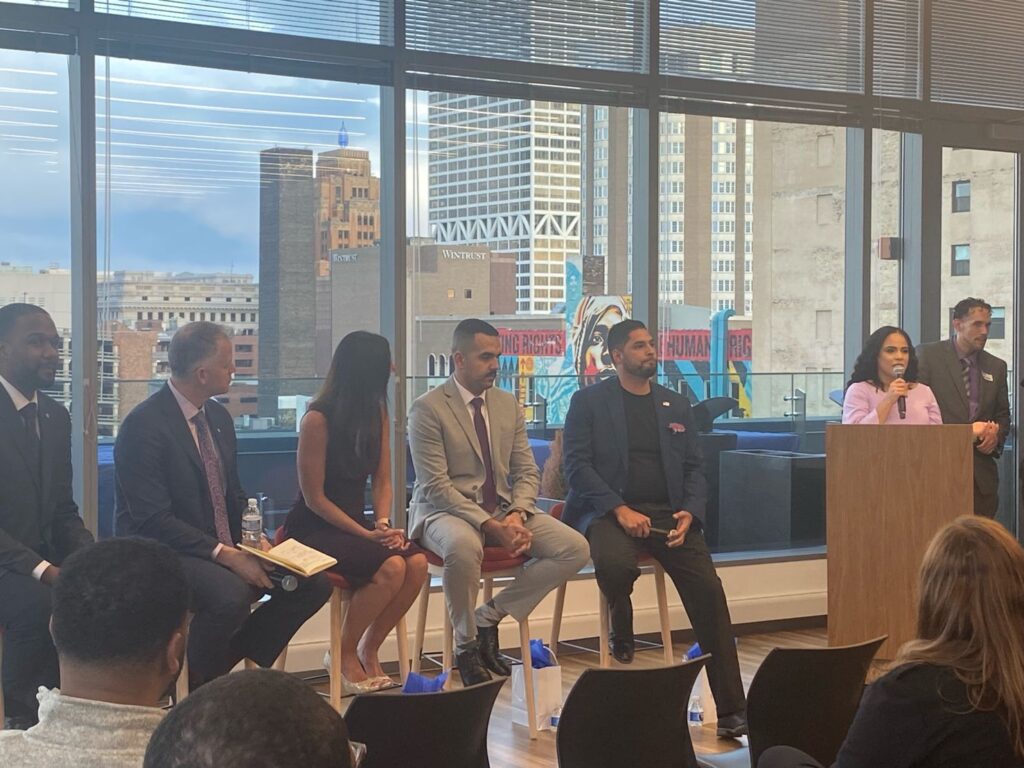
Roy Cambronero, Financial Advisor with Northwestern Mutual, shared the importance of having diversity and inclusion in financial workplaces.
“We need more of us from these communities in these (financial) positions and roles,” he said. He spoke on when he first entered the banking world, stating, “When I got in, the disrupting piece was ‘Hey, y’all took a chance on me and it worked out. But now that I’m in this leadership role, there’s going to be more of me eight years ago that we’re going to be bringing to the table.”
Touching on Towns’ point of leadership engagement, he said, “If you’re in a position of leadership, make sure you’re making it a point to bring folks from your community . . . Who do you work with, you work with your cousins and your pack right? Start bringing your pack to the table. And I think that’s a struggle, definitely for the women community. But when you’re the only brown or person of color at the table, sometimes that’s the thing too . . So have those conversations with folks not from your community; the person that gave me a shot was a white man. He’s changed my life. So, don’t be afraid to cross that line and have conversations from people not in your community.”
The event was led by The BMO Latino Alliance and SEWI GenBMO, two of the company’s 15 Employee Resource Groups. According to its mission statement, the BMO Latino Alliance is “designed to assist in the recruitment, development and advancement of Latino employees.” SEWI GenGMO is the company’s ERG that focuses on bridging the generational gap among employees “by increasing awareness of generational differences, fostering an inclusive environment that embraces all employees’ values regardless of age, background, or affinities.”

